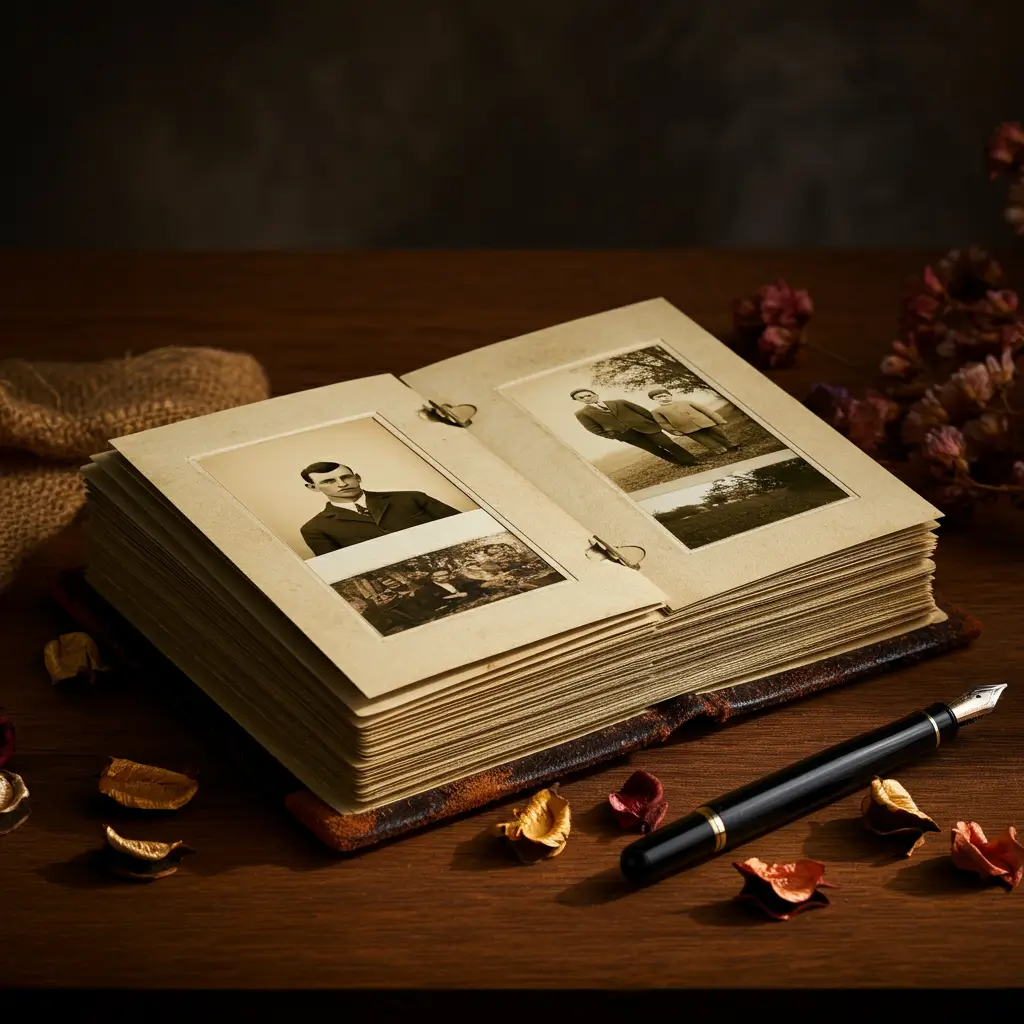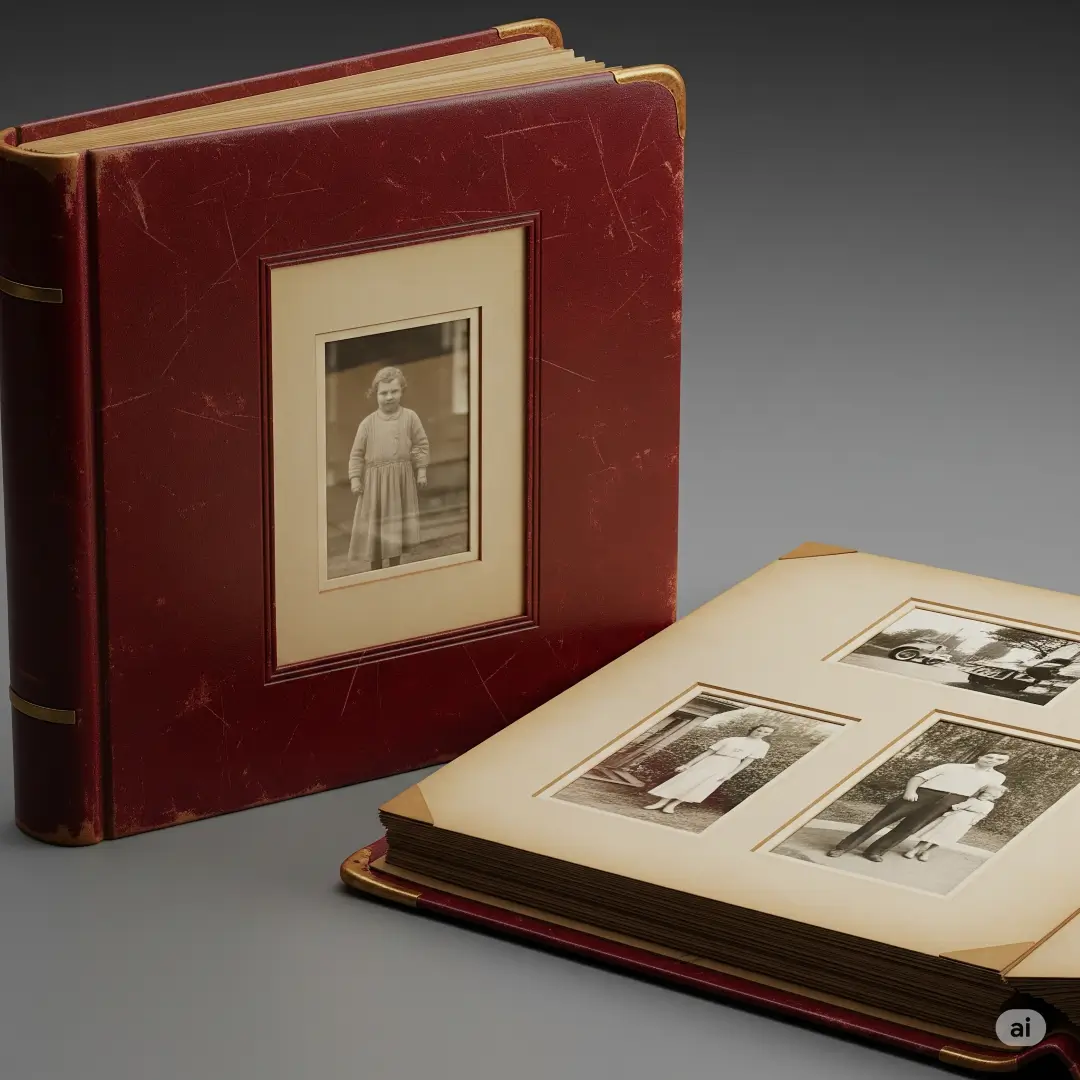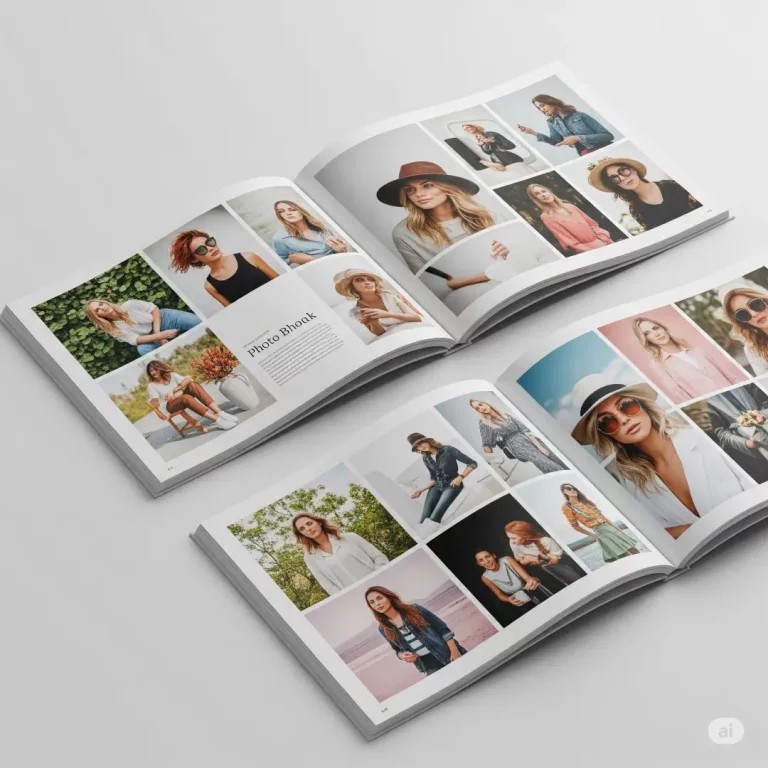In an age that is dominated by cloud storage and digital galleries, the revival of classic matted photo albums is an incredibly personal return to the tangible memories that are kept. These albums, distinguished by their exquisite workmanship and gallery-quality design, provide more than photo storage. They create lasting artifacts that connect generations. For those who love photography and newlyweds looking to save wedding memories or even designers who want timeless design, the art of old-fashioned matted album design is a combination of technical expertise and artistic vision. This guide combines traditional methods, contemporary innovations, and practical information to aid users to create lasting memories that go beyond fashions.
The Art and History of Vintage Matted Albums

Defining Vintage Matted Albums
Vintage matted albums combine two distinct aspects historic aesthetics and precise matting techniques. This “vintage” component often draws an inspiration from the albumen prints of the 19th century in which photographs were hung on decorative cards that had ornate borders. Contemporary versions use textured covers—linen, leather, embossed, or leather patterns to invoke nostalgia. Matted albums further enhance this by covering each image with acid-free mats. This creates a high-quality museum displays that protect images and highlights their artistic value.
Historical Significance
The golden period in albumen printing (1850-1890) established a foundational practice which are still in use today. Studios such as Karol Beyer’s studio in Warsaw created albums using egg white-based emulsions that were fermented, producing rich tonal ranges. The albums were usually bound with gold leaf details, and were intended to be family heirlooms instead of simple keepsakes. The modern vintage albums echoes this intention, using the archival material to guarantee centuries-long longevity.
Essential Materials and Techniques
Curating Archival-Quality Components
- Mats and Paper: Go for 100 cotton rag papers (pH-neutral) and mat boards made of museum grade to avoid the mats from yellowing. Brands such as Zno provide mats in 22 layouts and allow customized framing.
- Adhesives: Use pH neutral glue, or even photo corners in order to prevent chemical degradation.
- Covers: Lining or leather covers featuring embossed patterns give the vintage look.
Precision Matting Strategies
Matting requires careful measurement. For an 5.5×7.5″ album page, subtract 1/8″ to 1/4″ each side to form borders. An 5.25×7.25″ mat centers the image while leaving room for notes written by hand. Double matting – laying down contrasting colour mats – adds depth. This technique is illustrated in old Brandel albums.
Step-by-Step Album Assembly
Designing Cohesive Layouts

- Theme Development: Affix images with the occasion–soft tones for weddings, strong contrasts for travel journals.
- Modular Arrangements: Provide the flexibility of designing pages that can be interchanged as a trend that is illustrated in 2025’s photobook innovation.
- Balancing Elements: Combine photos with fullbleed and matted in order to change the rhythm of your visuals.
Binding and Finishing

Layflat binding provides seamless panoramic spreads. Likewise, handmade spines exude artisanal appeal. To ensure durability, strengthen corners using bookbinding tape. You can also utilize UV-protective glassine to interleave paper between pages.
Modern Innovations in Vintage Design
Integrating Technology
Augmented Real-time (AR) tags, which are placed discreetly on mats may link to audio messages or video recordings, mixing analogue appeal with digital interaction. In addition, AI tools such as Canva’s design assistant assist novices to create balanced layouts, without compromising artistic aesthetics.
Sustainable Practices
The trend of eco-friendly materials is set to dominate the 2025 fashions including plant-based leathers as well as recycled papers helping to reduce the environmental impact. Brands such as Artifact Uprising report that 78 percent of customers are concerned about sustainability and are willing to pay more for environmentally friendly products.
Preservation and Legacy-Building
Environmental Controls
Keep albums in a place that have a stable humidity (30-50 percent) and temperatures of less than 75degF. Avoid direct sunlight, as it reduces the quality of albumen prints by 40%. more quickly than modern inks.
Curating Multigenerational Stories
Include family trees or handwritten notes between pages of photos. The old albums usually contained genealogy charts, which transform the charts into narrative records.
Actionable Insights for Creators
- Begin Small: Try matting techniques using a 5×7″ mini-album prior to scaling up.
- Mix Eras: Mix Victorian-era borders with metallic foil accents to create modern style.
- Record Your Process: Create the creation of a journal that details materials sources and design ideas–a technique that was inspired by the 19th century studio logs.
Conclusion: The Eternal Appeal of Crafted Memories
The vintage matted albums resist ephemeral digital trends by securing memories to physical objects. When the market for embedded photo albums increases to $11.7 billion in 2033 These albums stand out as conscious acts of conservation. When it comes to preserving wedding memories or creating travel stories each album is a testimony to love as well as creativity and connections. Start today to choose a special memory to cherish collect archival items, and create a lasting legacy that the next generation will hold in their hands.





